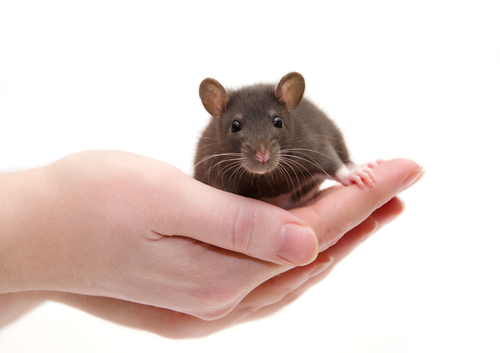Researchers have identified a fat-based molecule — called resolvin D6-seteroisomer (RvD6si) — with the potential to treat diseases associated with corneal nerve damage, including neurotrophic keratitis (NK).
Administering this fat-based molecule to injured eyes of mice was found to promote functional recovery through corneal nerve regeneration and healing, which is impaired in people with NK. As such, this therapeutic approach could help patients.
The study, “Novel RvD6 stereoisomer induces corneal nerve regeneration and wound healing post-injury by modulating trigeminal transcriptomic signature,” was published in the journal Scientific Reports.
Neurotrophic keratitis is a rare degenerative eye disease that affects the nerves serving the cornea, the transparent protective outer layer of the eye that works like a window to control and focus the entry of light.
Nerve cell fibers of the ophthalmic branch of the trigeminal nerve, the largest cranial nerve, densely innervate the cornea and provide sensory information from it to the brain.
Damage to these nerve cells leads to a loss of sensation in the cornea, lower tear production in response to stimuli, spontaneous breakdown of the corneal epithelium (the outer layer), and difficulties with healing.
Previous studies from researchers at Louisiana State University Health New Orleans have shown that topical treatment with pigment epithelium-derived factor (PEDF) combined with docosahexaenoic acid (DHA) promotes wound healing and nerve regeneration in rabbit and mouse corneas after injury.
These data highlighted that binding of PEDF, a neuroprotective molecule, to its receptor in the cornea promotes the release of DHA, an omega-3 fatty acid essential for brain function and eye health.
This same team now identified a fat-based molecule — RvD6si — that drives the therapeutic benefits of PEDF-DHA treatment in the cornea. This molecule is a stereoisomer of resolvin D6 (RvD6), a fatty molecule derived from DHA and involved in the restoration of normal cellular function following inflammation.
Stereoisomers are molecules that have the same molecular formula but differ in their three-dimensional arrangement, which can result in different biological properties and functions.
The team identified RvD6si in tears collected from mice whose corneas were injured and treated with PEDF-DHA. Further experiments also confirmed that RvD6si was a product of DHA release by PEDF receptor activation, following PEDF-DHA treatment.
Researchers then compared the therapeutic effects of administering PEDF-DHA, RvD6, or RvD6si to mouse corneas after injury.
Results showed that all three treatments resulted in faster corneal healing and sensitivity recovery than a placebo, but mice treated with RvD6si showed the greatest improvements. Similar levels of corneal nerve regeneration were achieved with all three treatments.
These findings highlighted that RvD6si is the main fat-based mediator of PEDF-DHA as a treatment, and that it promotes “corneal wound healing and functional recovery by restoring corneal innervation after injury,” the researchers wrote.
The team also found that corneal injury resulted in gene activity changes in the trigeminal nerve, and administering RvD6si to injured corneas resulted in a specific genetic response in this nerve.
This response was characterized by an increased activity of genes involved in nerve cell growth, and a suppression of genes associated with eye nerve pain.
“Our findings open potential therapeutic avenues using RvD6si for impaired-corneal nerve diseases, including dry eye, corneal neurotrophic ulcers, neurotrophic keratitis, and [nerve] pain,” the researchers concluded.

